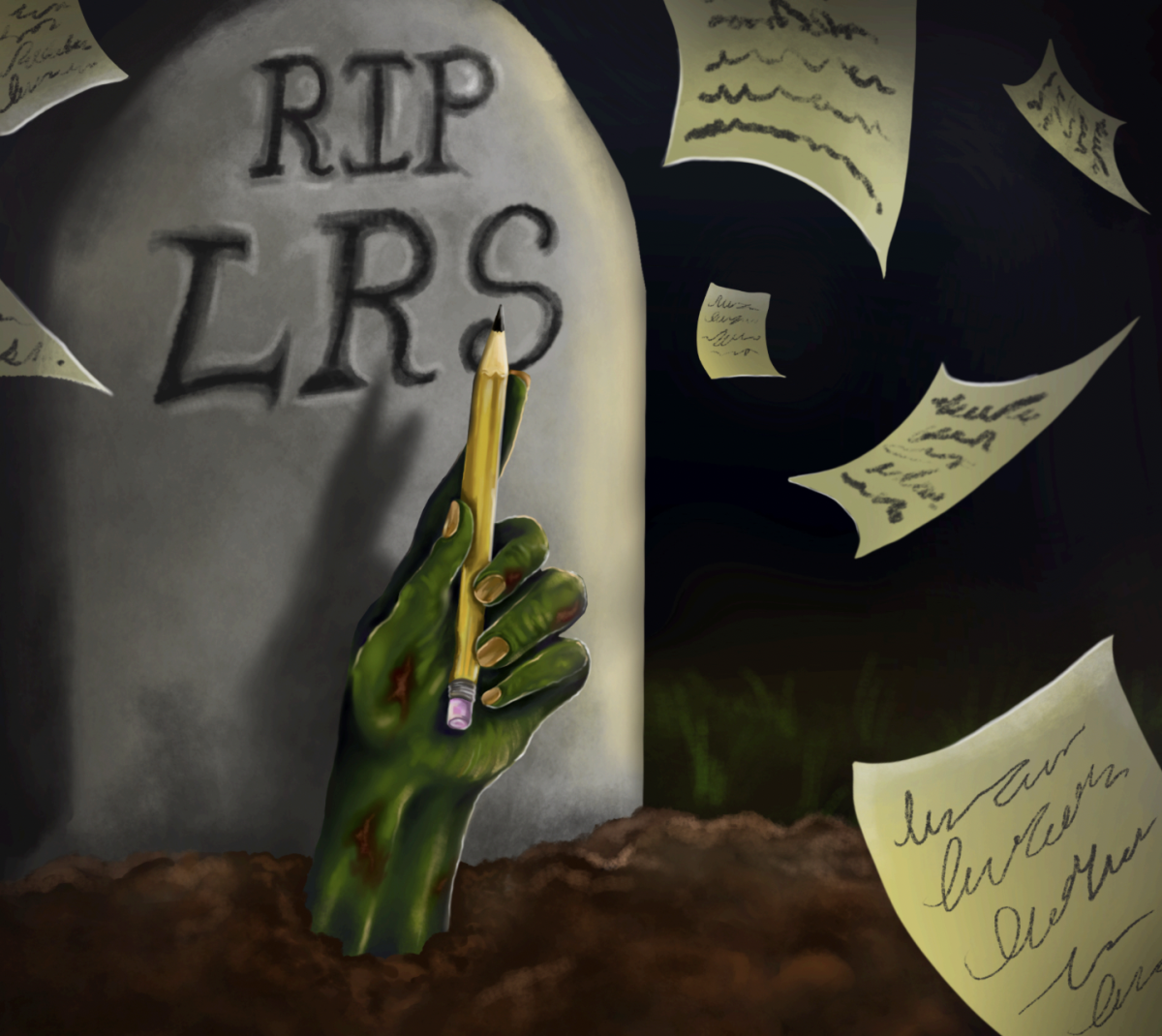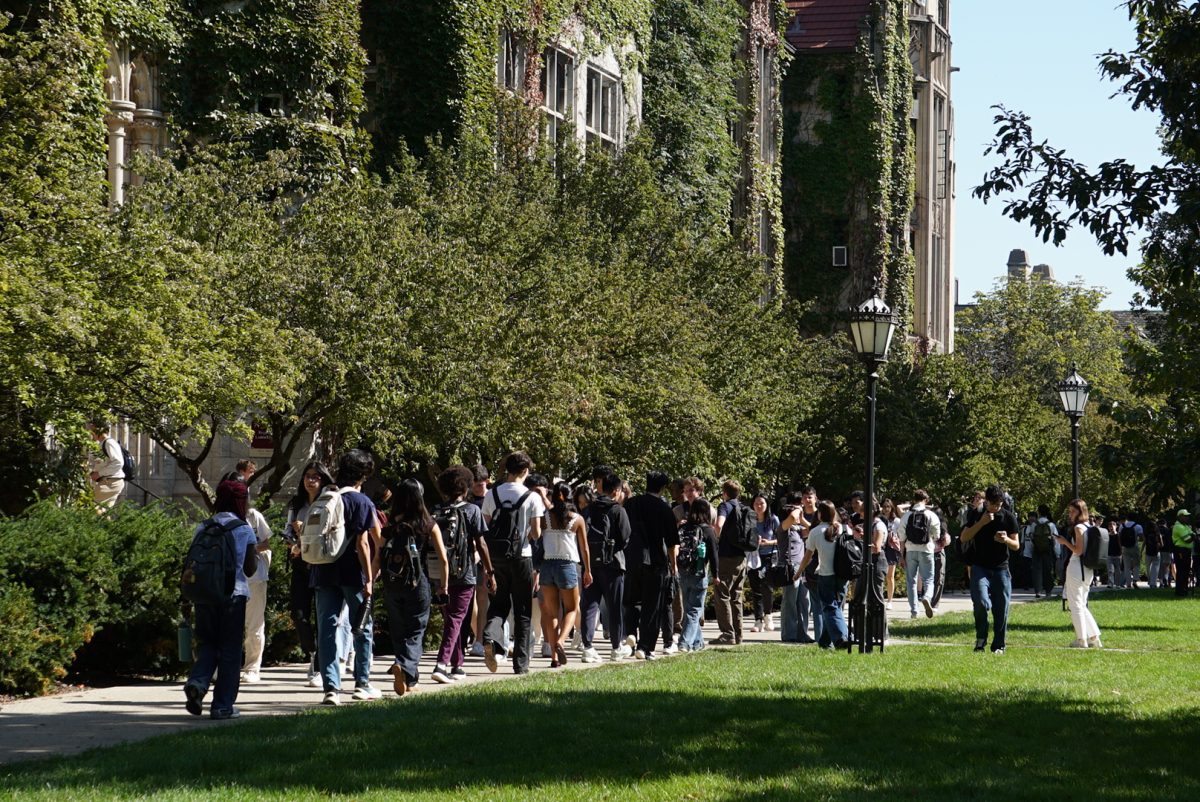How much free food does it take to get a U of C student to turn off a light bulb?
Last week, the Green Campus Initiative (GCI) kicked off its Battle of the Bulbs campaign in the hopes that a little bit of hoopla can go a long way in cutting back on energy usage.
GCI’s friendly contest, while well intentioned and moderately successful, can only do so much. It is unrealistic to think that the month-long event will create much of a lasting change in student energy usage. The Battle of the Bulbs reminds students to think twice before leaving their lights on in February, but leadership from the University administration is necessary for effective, year-round change.
Following the example of Oberlin College would be a good start. Many of Oberlin’s dormitories recently started using energy-monitoring devices that track consumption data and send it to a web site that reports the information in real time. Oberlin isn’t alone in this environmental project: Stanford University plans to build a green dorm that will similarly track energy use.
While the programs are too new to show how much energy is being saved, they operate under the same principle as the Battle of the Bulbs: Increased awareness of energy use leads to decreased consumption. Administrators should use the devices to promote house unity by creating small incentives like pizza parties and gift certificates to encourage students to save energy.
The energy monitors would require an upfront investment, one that the GCI and other RSOs cannot provide. While the University would have to dole out the funds initially, the campus would benefit in the long term by saving on energy costs.
College campuses are increasingly at the forefront of environmental awareness, yet the U of C has been an exception to this trend. It is unacceptable that the University has lacked a sustainability coordinator, a person charged with ensuring that new campus buildings have sustainability features. This position is especially important now as the University embarks on several major construction projects.
An investment in energy monitors is a bright idea that could help the University take an environmental stand.








